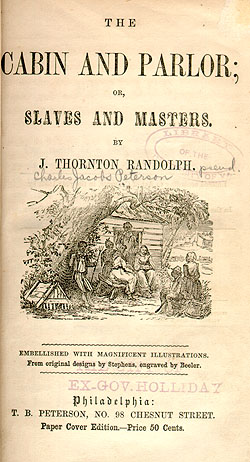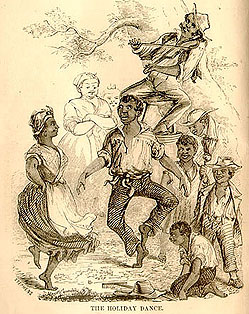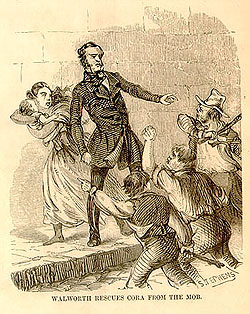
The novel begins, like many mid-century American novels, with the failure of a father. When Mr. Courtenay, an apparently wealthy Southern slave-owner, dies suddenly, his family discovers that debt will drive them into exile. The story focuses mainly on the sufferings of Courtenay's children, especially Isabel (who must become a school teacher to try to support her mother) and Horace (who goes North to become "a Northern slave" -- i.e. a clerk in a city store owned by Mr. Sharpe). As a number of characters point out throughout the story, these dispossessed aristocratic whites suffer infinitely more than Courtenay's slaves, most of whom are bought by concerned neighbors, and who are actually in a position charitably to assist Isabel. The only unhappy slaves are the mulatto couple who flee North to the same city (probably Philadelphia, though not named) in which Horace struggles and dies. Charles and Cora's story takes the novel into places and events seldom acknowledged in American discourse at this time -- including Northern ghettoes, anti-black riots and a racist "justice" system. The heroes of the story are Uncle Peter, a faithful "servant" (to use the word the novel prefers to "slave"), and especially Walworth, slave-owning son of an old Virginia family, who comforts Horace as he dies, rescues Cora from a racist white mob and marries Isabel, restoring her to Courtenay Hall. The villains are Northern businessmen, whose capitalist exploitations are the social sins that, according to the novel, God is keeping track of against a coming Judgment Day.


